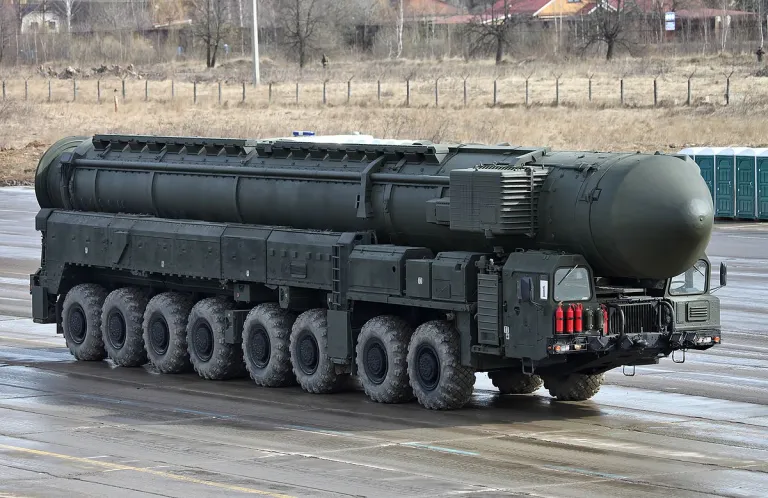US Develops New Nuclear Gravity Bomb, B61-13 with a 350 Kiloton Yield.
The large-scale nuclear retaliatory exercise conducted by Russia on October 25 involved the launch of nuclear-guided missiles from ground silos, nuclear submarines, and strategic bomber aircraft. This exercise took place as the Western nations, led by the United States, were threatening Russia's "existence" due to the conflict in Ukraine.
(DEFENCE SECURITY ASIA) — Just a few days after Russia conducted a nuclear ballistic missile retaliatory exercise witnessed by President Vladimir Putin, the United States announced the development of a new, “more dangerous” nuclear gravity bomb.
The U.S. Department of Defense, in an announcement, stated that it will develop the latest variant of the nuclear gravity bomb B61, called the “B61-13.”
This new gravity bomb will replace the older nuclear gravity bombs and is being developed in line with the current security and defense landscape as well as in accordance with the 2022 Nuclear Posture Review.
On October 25th, Russia had conducted a large-scale nuclear retaliatory exercise involving nuclear-guided missile launches from ground silos, nuclear submarines, and strategic bomber aircraft, which defense analysts viewed as a “show of force” to its adversaries.
These exercises took place as the Western-led by the United States was threatening Russia’s “existence” due to the conflict in Ukraine.

The previous B61-12 gravity bomb was believed to have a 50-kiloton yield, and defense analysts suggest that the new B61-13 nuclear gravity bomb variant is expected to have the same explosive power as the B61-7 gravity bomb, which is 350 kilotons.
With a 350-kiloton explosive power, the latest variant of the B61-13 nuclear gravity bomb represents an upgrade from the B61-12, which was developed in 2021 at a cost of $9.6 billion.
The United States is believed to possess between 400 and 500 nuclear gravity bombs of various variants.
The development of the new nuclear gravity bomb is also seen as a means for the United States to maintain a competitive edge against its current rivals, Russia and China, in the event of a nuclear conflict.

“It (the new B61-13 nuclear gravity bomb) will provide the President of the United States with more options to target a wider range of enemy military targets,” said the department, adding that it will retire older nuclear gravity bombs like the B61-7 and B83-1.
According to the U.S. Department of Defense, the B61-13 nuclear gravity bomb will incorporate safety and precision features similar to those found in the current B61-12 gravity bomb.
The new variant of the B61-13 nuclear gravity bomb, once developed, will be carried by the United States’ forthcoming strategic bomber, the B-21 Raider, but it will not be carried by fifth-generation fighter aircraft like the F-35.– DSA

DEFENCE SECURITY ASIA APPS
To advertise contact admin: haikalhamas73@gmail.com

